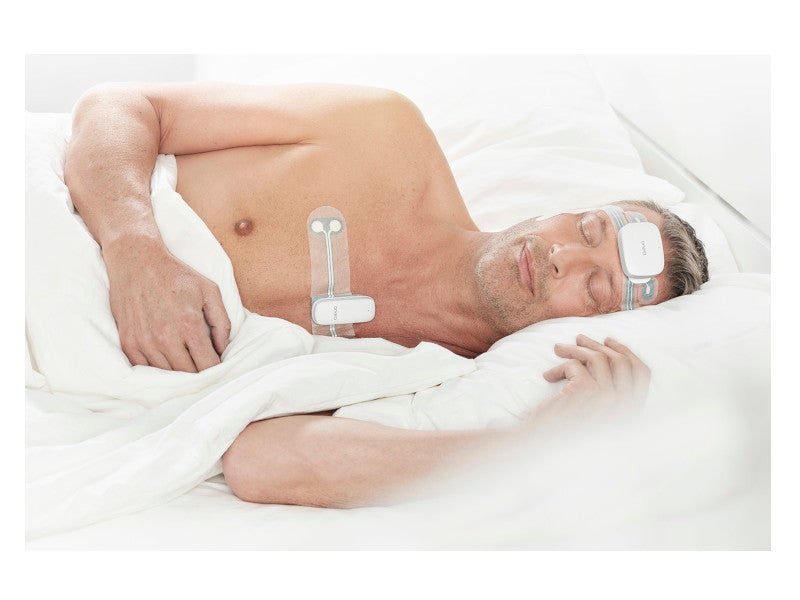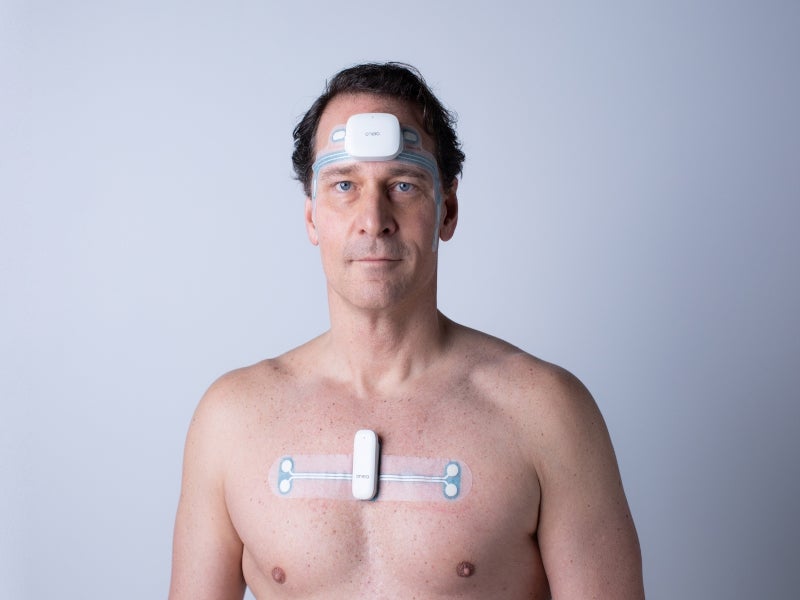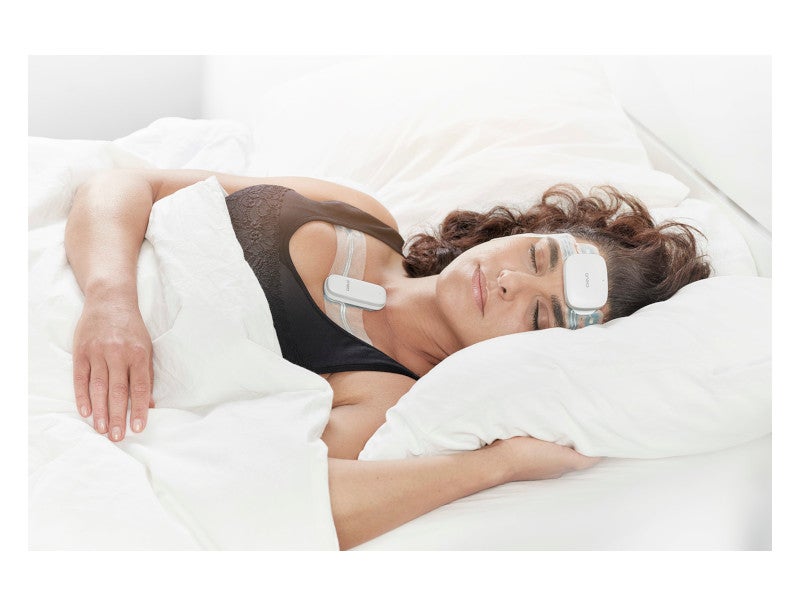Onera STS I is a patch-based clinical-grade system for polysomnography (PSG) studies designed to the diagnosis of sleep disorders in patients in hospitals, sleep laboratories, or home settings.
Onera STS I is a non-invasive, compact medical device developed by Onera Health. The device received the European CE mark in June 2021 and was given US Food and Drug Administration (FDA) clearance in April 2022.
The system allows physicians, hospitals, and sleep clinics to expand their diagnostic and monitoring capabilities for PSG and home sleep tests (HSTs), as well as perform single-night and multi-night investigations.
A clinician ordering a sleep study may require the whole STS I signal set or a subset to record and diagnose various sleep disorders, depending on their hypothesis.
The Onera STS patch-based system combines with Onera’s digital health platform to support the company’s PSG end-to-end offerings. It simplifies clinical-grade sleep studies, enabling clinicians to conduct each test at a fixed fee without upfront investment.
Design and function of the Onera STS I system
Onera STS I is the world’s first no-wire PSG system designed to minimise sleep disturbances while recording signals. It can capture multiple physiological variables related to cardiovascular, respiratory and brain functions from up to four points of contact and store comprehensive PSG data. The fully portable system enables physicians to conduct sleep studies anywhere at any time.
Onera STS I comprises four sensors, which are attached to the patient’s forehead, upper chest, abdominal area, and lower leg. Signals recorded by the system include an electroencephalogram (EEG) that monitors changes in brain activity, an electromyogram (EMG) to measure jaw muscle activity, an electrooculogram (EOG) to register eye movements, and an electrocardiogram (ECG) to measure the electrical activity of the heart.
Additional physiological data, including leg movements, snoring, body motion, body position, and respiratory functions, can also be recorded.
The Onera STS I system features a sophisticated and ergonomic design, a built-in microphone, a small and lightweight PSG system, a polysomnography signal set, head adhesives in variable sizes, reusable pods, and disposable patches.
The device takes less than five minutes to set up and has ambulatory storage that allows recording for up to 16 hours, whether under the supervision of a physician or skilled technician or even by patients themselves.
Onera STS I patch and pod details
The Onera STS I system’s disposable patches are designed to provide a secure and comfortable fit for the patient during the test, which is vital for home use.
Onera’s revolutionary patch-based technology allows quick setup and removal. The reusable pod combines advanced technology with a smart system to provide a gold-standard PSG signal set that is light and compact enough to be comfortable even when worn overnight and allows patients to move around freely.
Financing for Onera’s PSG device
Onera Health raised €10.5m ($12.4m) in a Series B funding round in July 2021, which brought its total funding to more than €24m ($28.3m).
The company’s funding will be used for clinical trial completion and to increase the commercialisation of its sleep diagnostics and monitoring devices in Europe and the US.
The post-market clinical study of the Onera STS I PSG system is financed by the European Union’s Horizon 2020 research and innovation programme.
Clinical studies on Onera STS I PSG system
In March 2022, Onera Health recruited the first 50 patients for post-market clinical evaluations of the PSG system. The study’s first stage will compare Onera STS I’s diagnostic accuracy with in-lab polysomnography delivered by a technician.
The system’s usability and reliability for ambulatory PSG, which involves patients applying the patches at home, will be assessed in the trial’s second phase.










